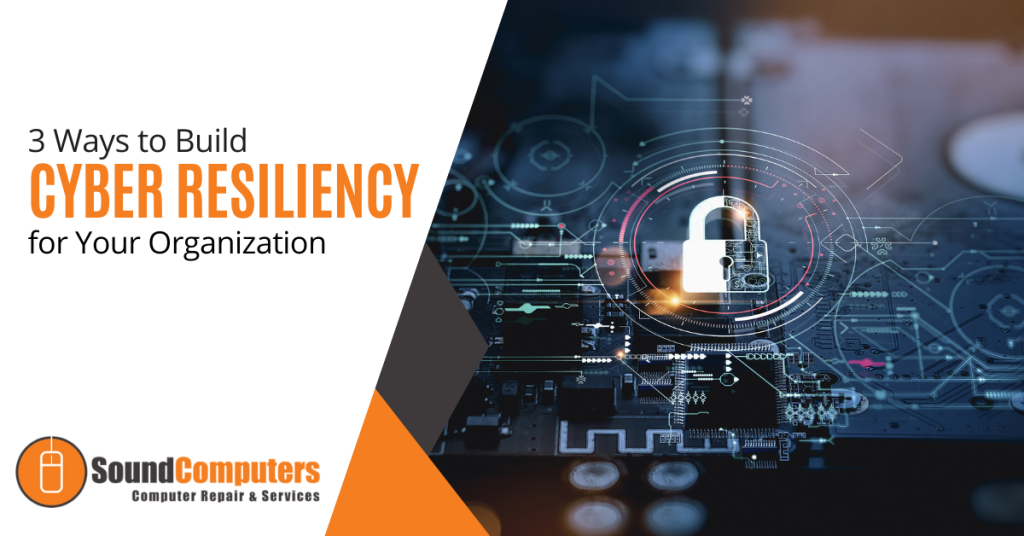
In modern terms, discussions about development in business circles (from small and medium businesses to governments to multinational corporations) must involve digital transformation to be effective. It is no different in other sectors. This transformation does not happen to every company in the same way but cyber resiliency is important to the development of companies.
The advantages of digital transformation are numerous but it also comes with some disadvantages like cyber threats and disasters. The global cost of cybercrime last year stood at 8 trillion US dollars and is expected to grow to over 20 million by 2027.
However, by hiring IT professionals, organizations, businesses and governments have overcome all kinds of attacks and threats by installing and creating various forms of cyber defenses against these attacks. It is now more common than not to find a business having a form of cyber defense in place to protect valuable company assets and files.
Not all defense systems are 100% foolproof. This is leading many to ask questions about what exactly symbolizes the perfect approach against online threats. Cyber resilience is the term that describes how well a business can withstand cyberattacks.
Defining Cyber Resilience
The Ponemon Institute defines cyber resilience as the ability or capacity to maintain and continue the everyday operations of a business while fending off cyberattacks.
This idea or concept merges previously unrelated disciplines of disaster response, information security and business continuity to give IT systems an enhanced level of defense.
While conventional cybersecurity processes and actions were to keep malicious actors and attackers at bay and business continuity and disaster response were focused on recovery processes, cyber resilience combines the tactics, processes and action points of all of these disciplines and merges them into one single process. This creates a holistic approach that becomes much more effective than all three operating separately.
Cyber resilience helps businesses think of ways to enhance their cybersecurity using a holistic approach. Unlike the conventional approach that focuses on only protection, businesses need to understand and recognize that cyberattacks will surely find a way sooner or later and they must be ready for one.
As a result, designing and installing cybersecurity frameworks capable of sustaining IT capabilities and system-wide business processes and operations is key and should be the focus instead.
Also, the pandemic initiated many changes such as the introduction of remote work and increasing the use of the cloud for businesses and individuals. This further ensured that the traditional way of cyber security would no longer apply and would need to evolve or be changed completely.
Ways to Develop Your Organization’s Cyber Resilience
Below are three ways to build cyber resiliency for your organization:
Identify Priority Assets
One essential aspect of cyber resilience is recognizing and protecting the organization’s most vital assets. Businesses value specific systems and data much more than others and this is because they are simply more important to business operations than any others. Also, they might have more risk exposure which means they will be the first targets during an attack.
Most organizations and businesses recognize the seriousness of these factors but still handle them as technical problems. However, there is no doubt that cyberattacks will not have the same effects.
IT teams should focus on cyber risks based on a company-wide priority scale that allows the business to recover and continue operations as soon as possible.
Focus on Identifying Hacker Motives
While risk reviews and vulnerability analyses are already an aspect of cyber resilience, one more thing that should take supremacy is determining the type and kind of hackers that would be drawn to the company.
This is determined by the company size, function, type and use of business processes and operations, etc. This will help companies determine what kind of defenses to put up and what to expect when defenses are breached.
However, organizations must be aware that this process requires much data and intelligence. In-house experts will be needed but it would also help to bring in experts from outside the company to complement and help provide a different perspective and approach to the plans and strategies to be formed. External IT professionals and consultants usually have resources that businesses and in-house experts do not have which is why there is the need to hire them.
Organizations will be better placed to engage and block attacks by merging different resources, staff and systems that perform IT functions.
Develop a Solid and Effective Overall Cybersecurity Policy to Build Company Cyber Resilience
Another aspect of cyber resilience and security is predicting attacks correctly and effectively. Threat modeling is a fundamental part of this approach. To deflect attacks properly, there needs to be a ready cyber security capability available.
Looking to Enhance Your Organization’s Cybersecurity? Sound Computers is the Best Choice!
Sound Computers can help you enhance your business’ cybersecurity standards and develop better policies. Contact us to get started!
